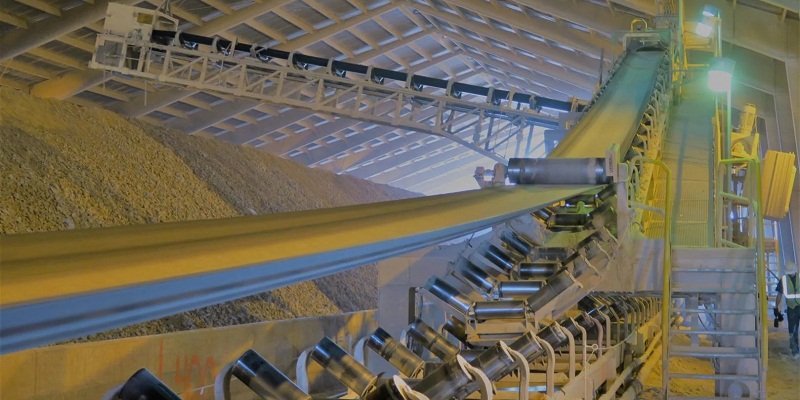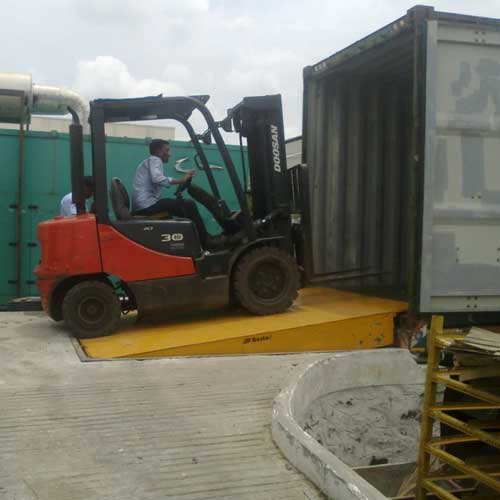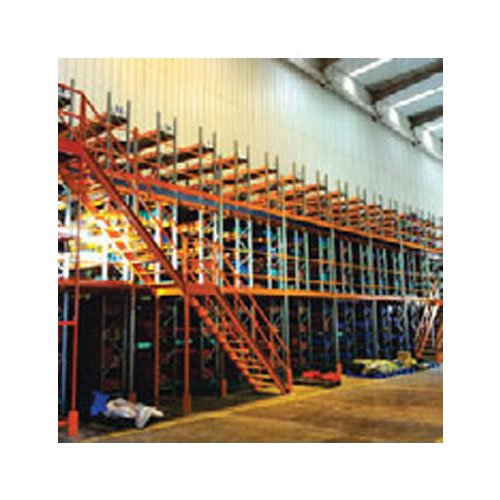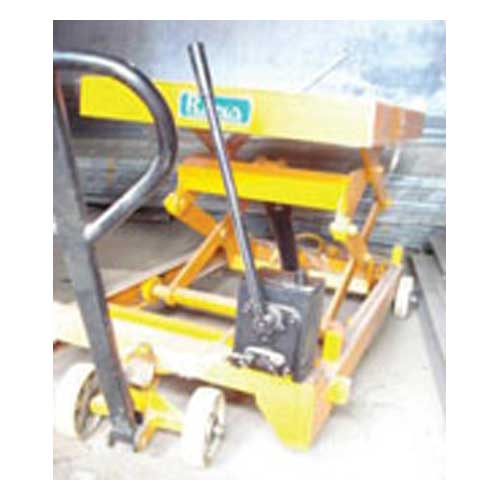Schedule a Call Back
Five ways automated bulk material handling equipment improves efficiency
 Articles
Articles- Dec 30,22

Related Stories

Armstrong Dematic displays cutting-edge innovations at India Warehousing Show
This year’s highlights included two major innovations — the Asterope 4D Robot ASRS and Rigel PT: The Forklift AMR — marking another significant year of product robustness, technological advanc..
Read more
LAPP India Strengthens Cable Gland Product Offering with SKINTOP Range
SKINTOP cable glands - SKINTOP ST/STR and SKINTOP SMART - will be locally manufactured at LAPP’s Dharuhera facility for varied industrial applications.
Read more
Texmaco Rail Wins Rs 362.7 mn TCI Order for next-gen automobile carrier wagons
With this, Texmaco Rail & Engineering Limited has strengthened order book to Rs 70 billion. Texmaco Rail’s Auto Car Taller wagons (ACT-3) are engineered to transport a wide range of vehicles, incl..
Read moreRelated Products

Dock Leveller
Besto Material Handling Equipments offers a wide range of dock leveller.

Multi Tire
SCI Storage Solution offers a wide range of multi tire.

Industrial Lifting Equipment
Rana Material Handling Equipments Pvt Ltd offers a wide
range of industrial lifting equipment.
















